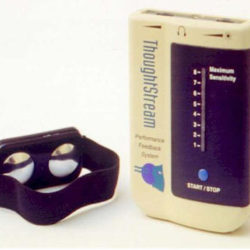
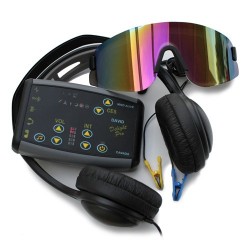
Elixa has many products that can help people of all ages improve their ability to concentrate, learn, create, and cope. We have simple yet powerful light and sound brainwave synchronizers that act like training wheels for the mind. These devices range in price from $159 for the Proteus to over $500 for the Delight Pro which combines pulsing lights, sounds, and CES (Cranial Electrotherapy Stimulation. The addition of CES balances neurotransmitters that can make a significant difference in mood, attention, sleep, to name a few benefits.
Many of the leading clinicians in biofeedback agree that people with ADD and ADHD as well as other disorders (PTSD, depression, anxiety, etc.) typically display inappropriate theta (slow wave) activity when they should have beta (fast wave) patterns. Beta frequencies (14-15 Hz) in the form of pulsing lights and sounds can raise the user’s brainwave activity to quickly improve focus and mood.
Think of brainwave entrainment via pulsing lights and sounds as training wheels for the mind because they maintain the proper balance until it becomes automatic. You can take advantage of this training wheel effect by using a Light/Sound device in the following manner:
Caution: If you suspect any type of seizure disorder or other contraindication, consult with your medical care provider before trying this.
How to train:
With your L/S system, select the manual mode that lets you select a frequency without running a pre-set program. Select 14 or 15 Hz and set the brightness to a comfortable level. You can use the headphones to add sounds, but you don’t have to.
For a minute or so, with eyes closed, pay attention to the lights and the colors, patterns, feelings, etc. that they evoke. Really get into the experience. It should feel enjoyable.
After a minute or so of light stimulation, remove the glasses and ask the user to recall the experience with as much detail as possible. What did it look like? What colors did you see? What patterns? How did it make you feel? Maybe it made you remember something. Perhaps it evoked smells.
Once the user has spent a little time imagining/recalling the lights, put the glasses on again and repeat the procedure. The number of repetitions and duration depend on your assessment of how the user feels. Several short sessions during the day may have greater effects than one longer session.
At the end of a session, suggest that the user can recall the experience whenever the “bad” feelings return. If your child knows when they have trouble staying focused or calm, remembering the feeling of the lights can bring them back into the desired state.
People with classical AD/HD will usually feel calmer, more focused, centered, etc. with these frequencies. You can experiment with faster frequencies but should avoid slower frequencies until you feel confident that you have achieved lasting change.
Your mileage may vary. Please use common sense when attempting to work with challenging situations. If the user experiences anxiety or any adverse reaction, try to find out if another approach works. Keep it fun and non-threatening. With a child, present it as a treat or reward for good behavior.
We recommend that even if you don’t need attention training, you can benefit from exploring the many other uses of this exciting technology.
We hope that parents, students, and others who wish to help themselves or their children deal with attention and learning issues will give L/S brainwave entrainment a try. Within 2 weeks of regular use, we believe that you will begin to notice positive changes.
Click here to read the article “Being in Control. The Role of Biofeedback in Controlling ADD” by Jason Alster, MSc who found that using GSR (see ThoughtStream) relaxation training helped students diagnosed with ADD when he began viewing the condition as stress-related.


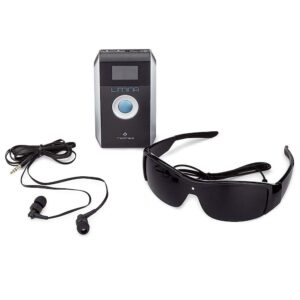
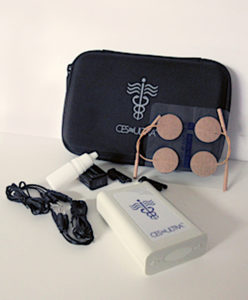
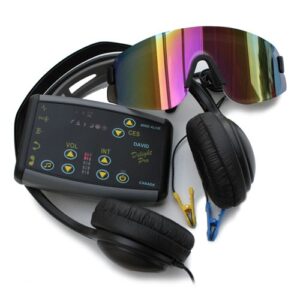
2 Comments to Using Mind Machines for ADD/ADHD and Learning Disorders